Technology
Our Discovery Platform
Orbit presents DNA and peptide on the surface of a microbead. This allows for unbiased libraries and a tunable multivalent display that gives access to huge chemical diversity. Our display technology can deal with unnatural amino acids and complex peptide constraints. It can display a peptide via complex scaffolds and makes whole cell screening and functional hits possible.
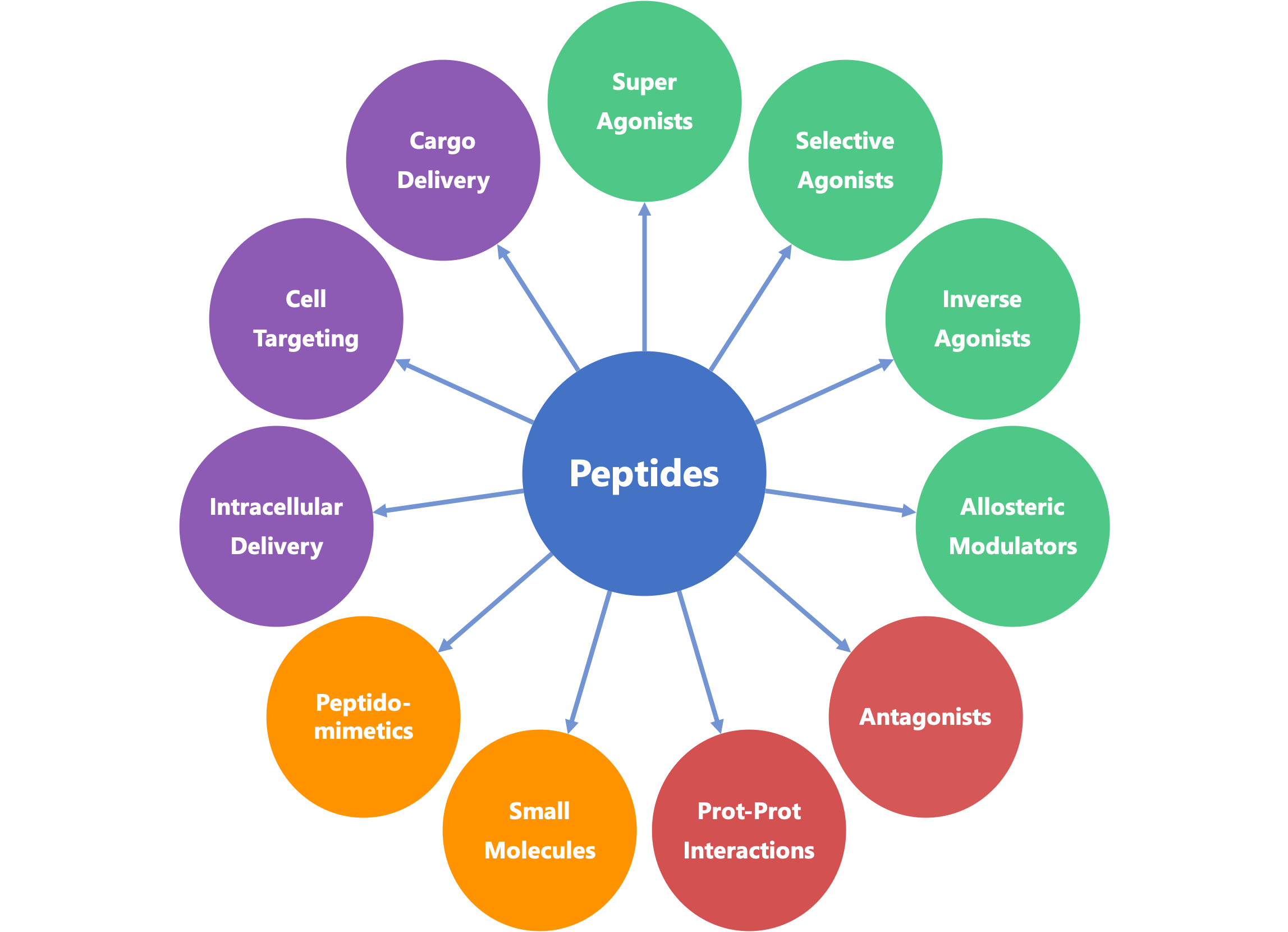
The Orbit Peptide
Display Engine

- Bead based system carrying DNA constructs and peptides encoded by those constructs
- Single DNA/peptide species per bead links genotype to phenotype
- Single codon DNA libraries avoid problems of codon bias, cheap and fast to synthesise
- Bead sizes and types flexible to allow for focussed platform application development
- Peptide display is highly configurable in number from 10s to 10,000s per bead
- Peptide conformation can be tailored from linear to cyclic to complex macrocycles
- Any size of peptide can be displayed, typically 5 to 30 AAs
- Unnatural amino acids can be incorporated and post translational modifications made
- On bead chemistry - modification of natural and unnatural amino acids
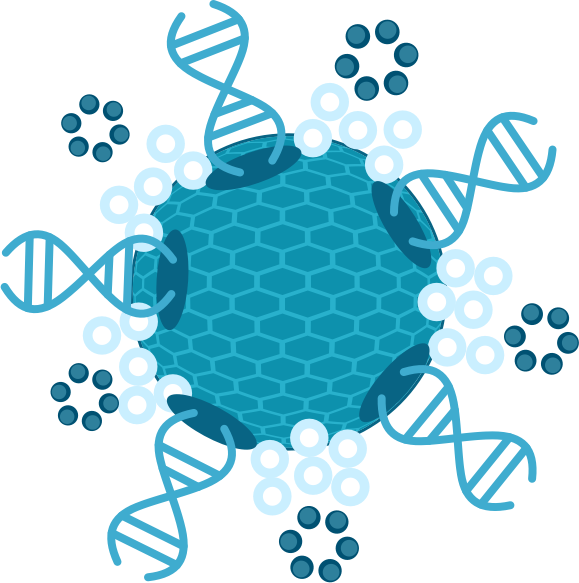
Affinity Screen
A peptide display engine using in vitro transcription-translation (IVTT) display of peptides on beads that delivers capabilities that lead the field. The platform is uniquely able to address soluble targets and targets in situ on and in cells allowing for significantly faster time to discovery of relevant peptide leads based on affinity screens and/or functional screens.
Functional Screen
The ability to display high peptide copy number results in the novel application of screening complex peptide libraries by use of cell based functional assays. This brings the discovery of functional peptides to the primary screen rather than after months or years of deconvolution of simple binders
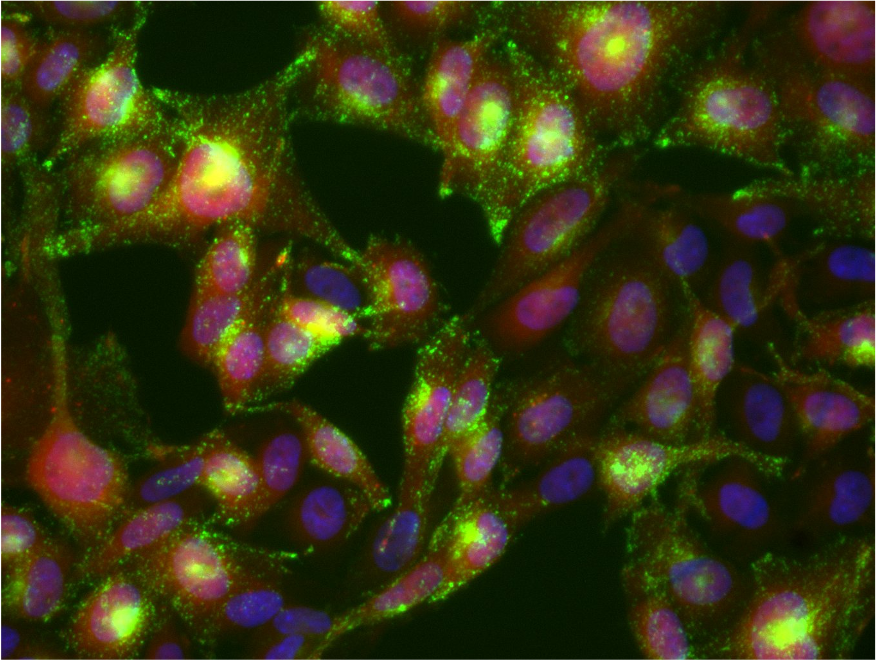
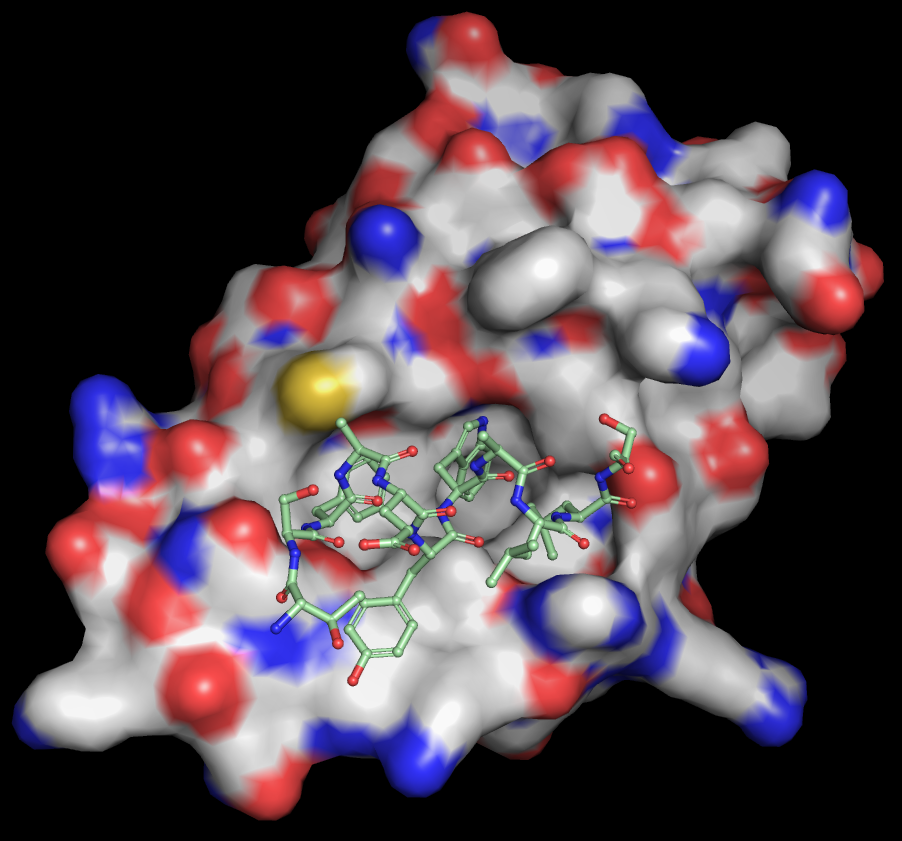
Targets
The Orbit platform is target agnostic but highly capable of tackling the most difficult. Orbit have expertise with soluble proteins, and cell surface receptors, notably GPCRs and ion channels. This opens the door to peptides that can address currently difficult or “undruggable”, protein-protein interactions
Complex Screening
Screening workflows are aligned with target type and desired characteristics of hit molecules. Orbit have developed a range of novel selection methodologies ranging from simple biopanning; more complex affinity screens; FACS based selection and sorting for functional screening; and single cell analysis.
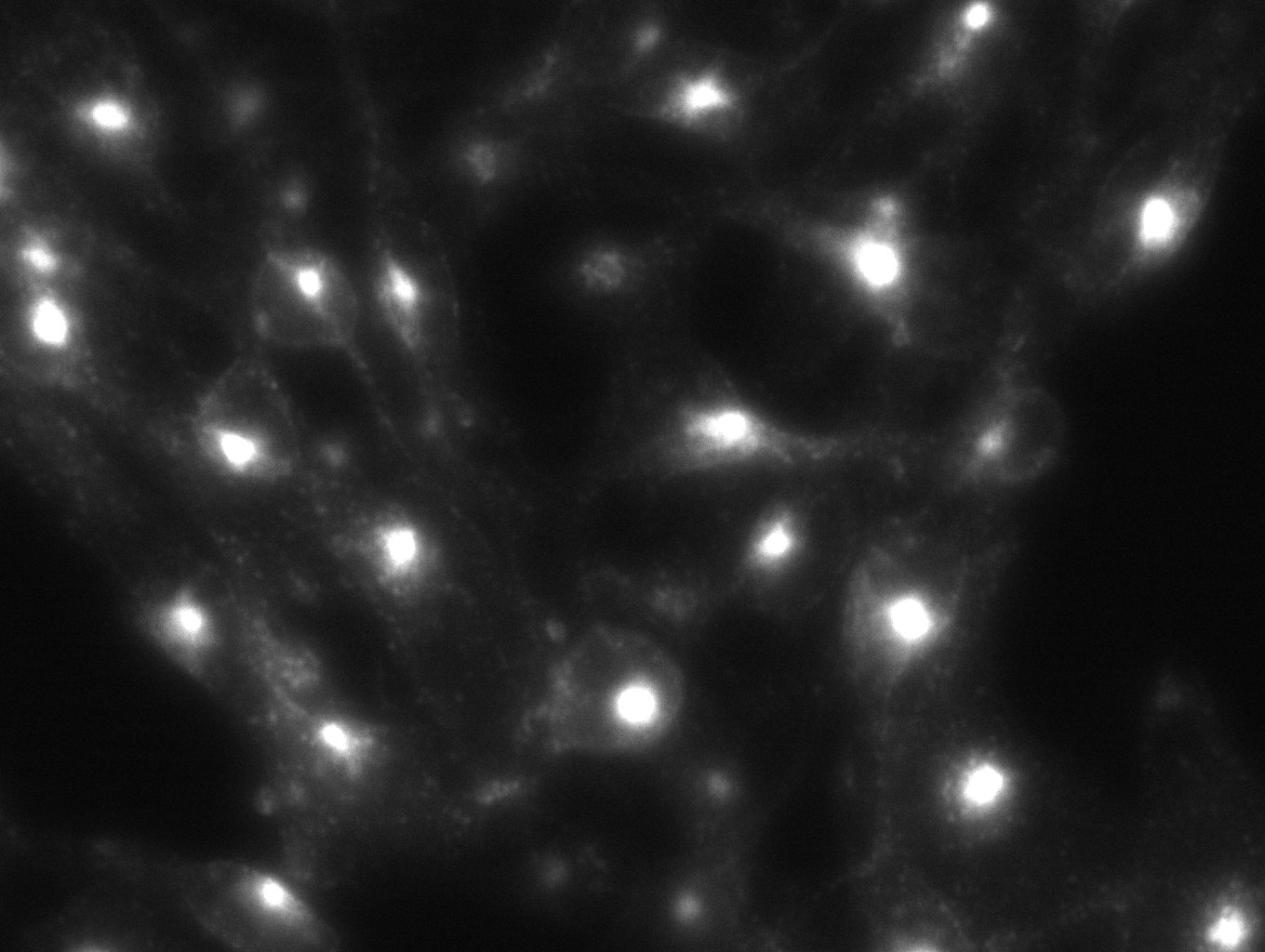
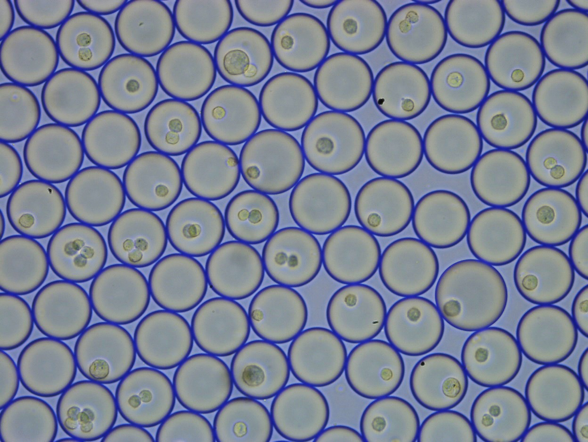
Single Cell Analysis
The Orbit platform can distinguish a response from single cells – important for throughput of primary screens and in later screens where primary cells are required and cell numbers may become limiting. The high throughput screening technology improves the probability of a hit on each screening round.
High Throughput
The use of microfluidics allows for the miniaturisation of library production and cellular screening to enable complex screens to be performed at relevant scale. The microfluidic capability allows for fine control over our library generation and for screening and manipulation of single cells in droplets.

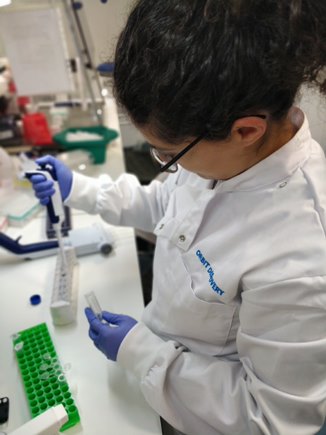
The Team
Orbit have recruited a highly talented team possessing world class expertise in cutting edge technologies including cell biologists, molecular biologists, biological chemists, peptide chemists, structural biologists along with a management team experienced with platform development and deployment




